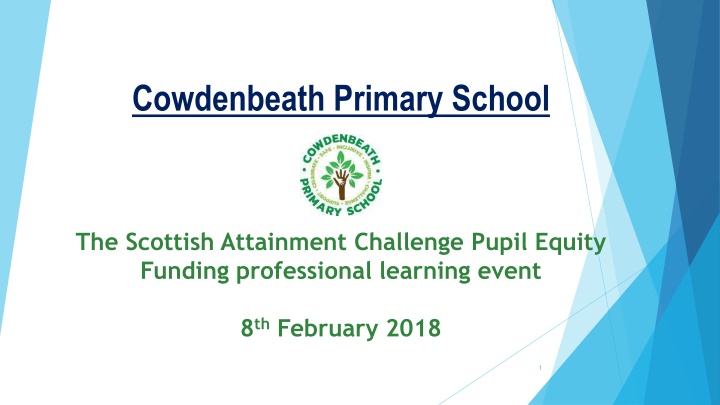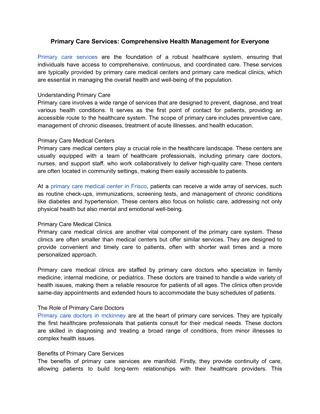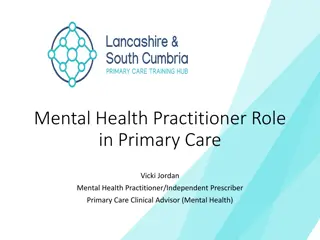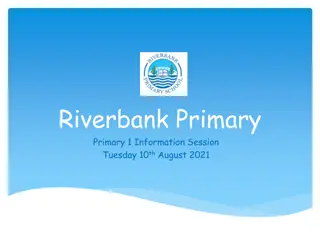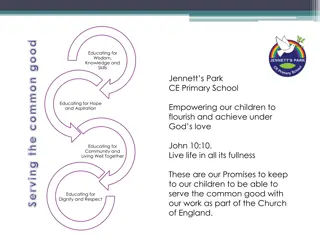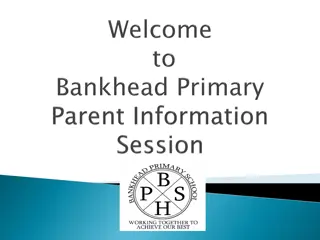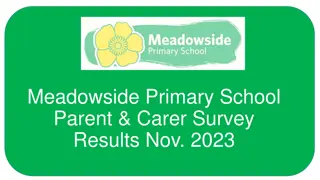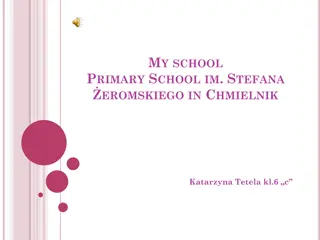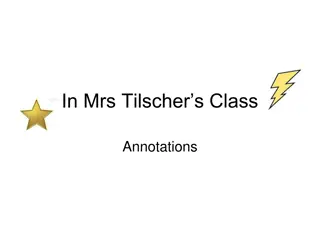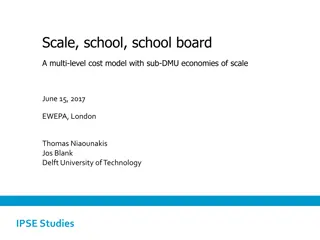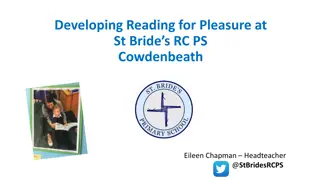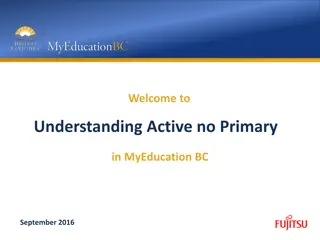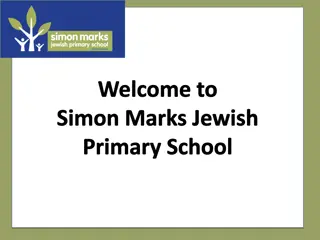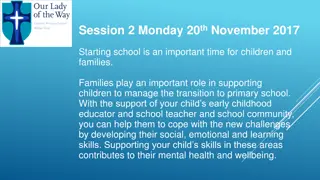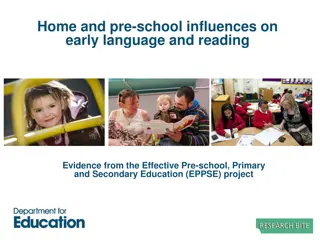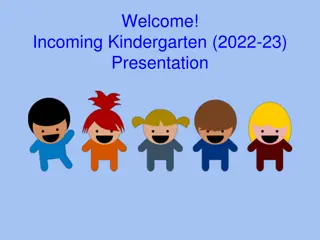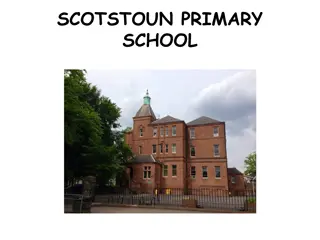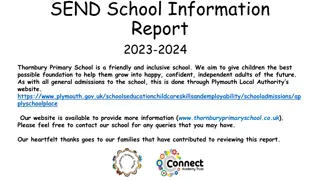Cowdenbeath Primary School
Cowdenbeath Primary School in Scotland is working on closing the vocabulary gap and improving literacy among its students through interventions like Family Reading programs. With a focus on early intervention and parental involvement, the school aims to achieve higher reading levels for all learners. The community's support and feedback play a crucial role in driving these initiatives forward.
Download Presentation

Please find below an Image/Link to download the presentation.
The content on the website is provided AS IS for your information and personal use only. It may not be sold, licensed, or shared on other websites without obtaining consent from the author.If you encounter any issues during the download, it is possible that the publisher has removed the file from their server.
You are allowed to download the files provided on this website for personal or commercial use, subject to the condition that they are used lawfully. All files are the property of their respective owners.
The content on the website is provided AS IS for your information and personal use only. It may not be sold, licensed, or shared on other websites without obtaining consent from the author.
E N D
Presentation Transcript
Cowdenbeath Primary School The Scottish Attainment Challenge Pupil Equity Funding professional learning event 8thFebruary 2018 1
Improving CfE Reading Levels for Targeted Learners 2
School Context Non-denominational school in Cowdenbeath, West Fife. Former mining village Area of high deprivation. 40% Free School meals 85% SIMD 1,2 and 3 106,000 PEF funding for 2017/18. 108,000 confirmed for 2018/19 3
What did we want to achieve? To use an early intervention approach to close the vocabulary gap in the early years. To equip parents with the skills they needed to support reading and literacy development at home. To close the attainment gap so that almost all learners in P7 had a minimum reading age of 10 years old. 5
How did we plan to achieve this? Paired Reading Bookbugs in P1 Family Reading 6
Intervention 1 Family Reading Aims To increase parental involvement in school so that parents/carers can actively engage in their child s learning through a weekly Family Reading programme. Parents feel more able to confidently read to their child at home. 7
Feedback so far I like listening to my child s progress in reading. It s great to be able to spend some quality time together reading books. I like to listen to Miss Allan read the story. She is funny. We are both more confident reading books now. I like reading with my Granny. 9
Intervention 2 Supporting Literacy in the Early Years Aim 90% of learners in Primary One will achieve Early Level in Reading by June 2018. 80% of identified children will attend Bookbug session with their families. 10
Intervention 3 Paired Reading Aim 90% of all learners in P7 had a minimum reading age of 10 years old by the time they leave Primary School. 12
Results so far From data collected in December 2016; 45% increase in the number of children with a reading age of more than 10 years. 15% of learners have increased their reading age by more than 12 months since August 2016. 30% of learners have increased their reading age by nine months or more since August 2016 Class teachers have clear focus for children who have not achieved expected progress. 14
What next? Continue with current programmes but keep tracking, monitoring and evaluating on an ongoing basis. We have recently started a Parent Volunteer Group who are creating Story Bags for all learners in P1 and P2. Using data to measure impact is key. We need to get more skilled at this. 15
Discussion 1. Consider an initiative that did not have the expected impact, what might you do differently in light of our experience? 2. Share what initiatives you have tried that have led to an increase in engagement in reading. 16
Thank you! Tweet us! @CowdenbeathPS 17
